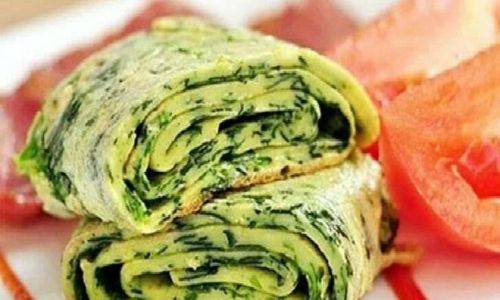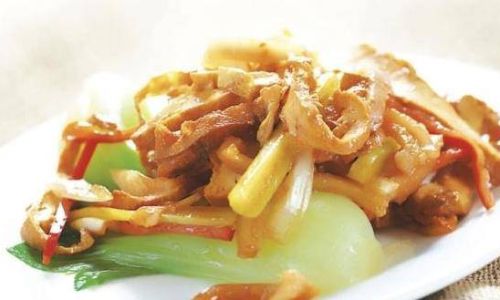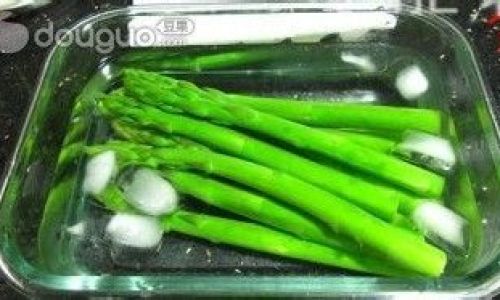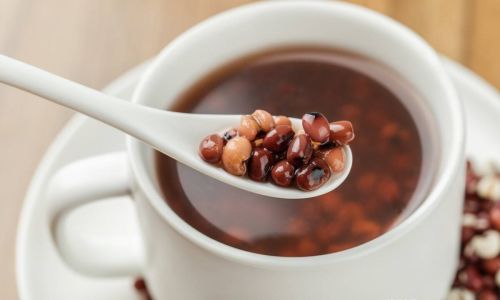Table of content
- The Dough: A Canvas for Flavor
- The Filling: Elevating Spinach to New Heights
- Activating the Yeast
- Mixing the Dough
- Kneading for Gluten Development
- First Rise: Fermentation Magic
- Blanching Spinach
- Sautéing Aromatics
- Combining Ingredients
- Shaping the Dough
- Filling Technique
- Proofing: The Final Rise
- Preheating and Preparation
- Baking Time and Temperature
- Cooling and Serving
Spinach buns, a delightful fusion of savory greens and soft, fluffy dough, have emerged as a beloved dish in kitchens worldwide. Their vibrant green hue and earthy flavor make them a standout addition to any meal, whether served as a side dish, a snack, or a vegetarian main course. Crafting the perfect spinach bun requires a balance of technique, quality ingredients, and creativity. This guide will walk you through every step, from selecting the freshest spinach to achieving that coveted golden-brown crust, ensuring your buns are both visually stunning and deeply satisfying.
The Foundation: Gathering Your Ingredients
The Dough: A Canvas for Flavor
The dough is the backbone of any bun, and spinach buns are no exception. A well-structured dough ensures a tender crumb and a soft, pillowy texture. Here’s what you’ll need:
- Flour: Opt for all-purpose flour for its balanced protein content (10-12%), which creates enough gluten for structure without becoming tough. For a richer flavor, substitute 20% of the flour with whole wheat or rye flour.
- Yeast: Active dry yeast or instant yeast works; ensure it’s fresh by checking the expiration date.
- Liquid: Warm water (105–115°F/40–46°C) activates the yeast. Milk can be substituted for a softer crumb and subtle sweetness.
- Fat: Unsalted butter or olive oil adds richness and tenderness. Butter contributes a buttery aroma, while olive oil offers a Mediterranean twist.
- Sweetener: A teaspoon of honey or sugar feeds the yeast and encourages browning.
- Salt: Enhances flavor and controls fermentation.
The Filling: Elevating Spinach to New Heights
Spinach is the star here, but its mild flavor benefits from complementary ingredients:

- Spinach: Fresh spinach is ideal for its bright taste and texture. Frozen spinach works in a pinch—thaw and drain thoroughly.
- Aromatics: Garlic, onions, or shallots add depth. Sauté them until golden to mellow their sharpness.
- Cheese: Feta, ricotta, or Parmesan introduce creaminess and saltiness. Goat cheese offers a tangy kick.
- Herbs and Spices: Fresh dill, parsley, or thyme brighten the filling. A pinch of nutmeg or red pepper flakes adds warmth.
- Binder: An egg or a spoonful of breadcrumbs helps hold the filling together.
Crafting the Dough: Patience and Precision
Activating the Yeast
In a small bowl, combine warm water, yeast, and a pinch of sugar. Let it sit for 5–10 minutes until frothy. This confirms the yeast is active and ready to work.
Mixing the Dough
In a large bowl, whisk the flour and salt. Create a well in the center and pour in the yeast mixture, melted butter, and remaining sugar. Stir with a wooden spoon until a shaggy dough forms.
Kneading for Gluten Development
Turn the dough onto a lightly floured surface. Knead for 8–10 minutes, pushing and stretching it until smooth and elastic. The dough should spring back when pressed. Avoid over-flouring, as this can dry it out.
First Rise: Fermentation Magic
Place the dough in a greased bowl, cover with plastic wrap, and let it rise in a warm spot (75–80°F/24–27°C) for 1–1.5 hours, or until doubled in size. This develops flavor and texture.
Preparing the Filling: From Blanch to Brilliance
Blanching Spinach
Blanching preserves color and reduces bitterness. Bring a pot of salted water to a boil, add the spinach, and cook for 1–2 minutes. Immediately transfer to an ice bath to halt cooking. Drain well, squeezing out excess moisture with a clean towel.
Sautéing Aromatics
In a skillet, heat olive oil over medium heat. Add minced garlic and onions, sautéing until translucent. This step softens their raw edge and infuses the filling with aromatic complexity.
Combining Ingredients
Chop the blanched spinach and mix it with the sautéed aromatics. Add grated cheese, herbs, and a beaten egg. Season with salt, pepper, and a pinch of nutmeg. Taste and adjust—the filling should be bold, as the dough mellows the flavors.
Assembling the Buns: Precision Meets Creativity
Shaping the Dough
Gently deflate the risen dough and divide it into 12–16 equal pieces. Roll each into a ball, covering them with a damp cloth to prevent drying.
Filling Technique
Flatten a dough ball into a 4-inch circle. Spoon 1–2 tablespoons of filling into the center. Gather the edges, pinching them together to seal. For a decorative touch, twist the sealed top or press with a fork.

Proofing: The Final Rise
Arrange the buns on a parchment-lined baking sheet, spaced 2 inches apart. Cover loosely and let rise for 30–45 minutes in a warm spot. They should puff up slightly but not double in size.
Baking to Perfection: Achieving Golden Glory
Preheating and Preparation
Preheat the oven to 375°F (190°C). Brush the buns with an egg wash (1 egg beaten with 1 tbsp water) for shine, or milk for a softer crust. Sprinkle with sesame seeds or poppy seeds for texture.
Baking Time and Temperature
Bake for 18–22 minutes, rotating the pan halfway through. The buns are done when they sound hollow when tapped and register 190°F (88°C) internally. Overbaking leads to dryness, so watch closely.
Cooling and Serving
Transfer the buns to a wire rack immediately to prevent sogginess. Let them cool for 10–15 minutes before serving. They’re best enjoyed warm, but leftovers can be reheated in a 350°F (175°C) oven for 5 minutes.
Tips for Spinach Bun Mastery
- Wilt Don’t Overcook: Overcooking spinach makes it mushy. Blanch briefly to retain texture.
- Moisture Control: Excess liquid in the filling leads to soggy bases. Squeeze spinach thoroughly.
- Flavor Layering: Add lemon zest or sun-dried tomatoes to the filling for brightness.
- Dough Consistency: If the dough feels stiff during kneading, add water 1 tbsp at a time.
- Freezing: Unbaked buns can be frozen after shaping. Thaw and proof before baking.
Variations to Explore
- Cheesy Spinach Buns: Layer mozzarella inside for a gooey surprise.
- Spicy Spinach Buns: Add chopped jalapeños or a dash of chili flakes.
- Vegan Spinach Buns: Use coconut oil and plant-based cheese.
- Stuffed Spinach Buns: Fill with marinara and vegan mozzarella for a calzone-inspired twist.
Troubleshooting Common Issues
- Dense Buns: Overmixing the dough or insufficient rising time.
- Soggy Bottoms: Excess filling moisture or low oven temperature.
- Pale Crust: Under-proofing or inadequate oven heat.
The Cultural Tapestry of Spinach Buns
Spinach buns trace their roots to Eastern European and Mediterranean cuisines, where they’re known as szpinakowe bułeczki in Polish or spanakopita in Greek (though the latter uses phyllo dough). In modern times, they’ve become a global favorite, adapted to suit local tastes—think Indian-spiced buns with garam masala or Japanese versions with miso.
Conclusion: A Labor of Love
Crafting the perfect spinach bun is an exercise in patience and precision, but the results are profoundly rewarding. Each bite offers a harmony of textures and flavors, a testament to the magic that happens when simple ingredients are treated with care. Whether you’re a seasoned baker or a curious novice, these buns invite experimentation. Tweak the seasonings, play with fillings, and share them with loved ones—after all, food is best enjoyed in community.
As you embark on your spinach bun journey, remember that perfection lies not in rigid adherence but in understanding the principles and allowing your palate to guide you. With practice, you’ll not only master the recipe but also create a dish that tells your story—one delicious bun at a time.






0 comments